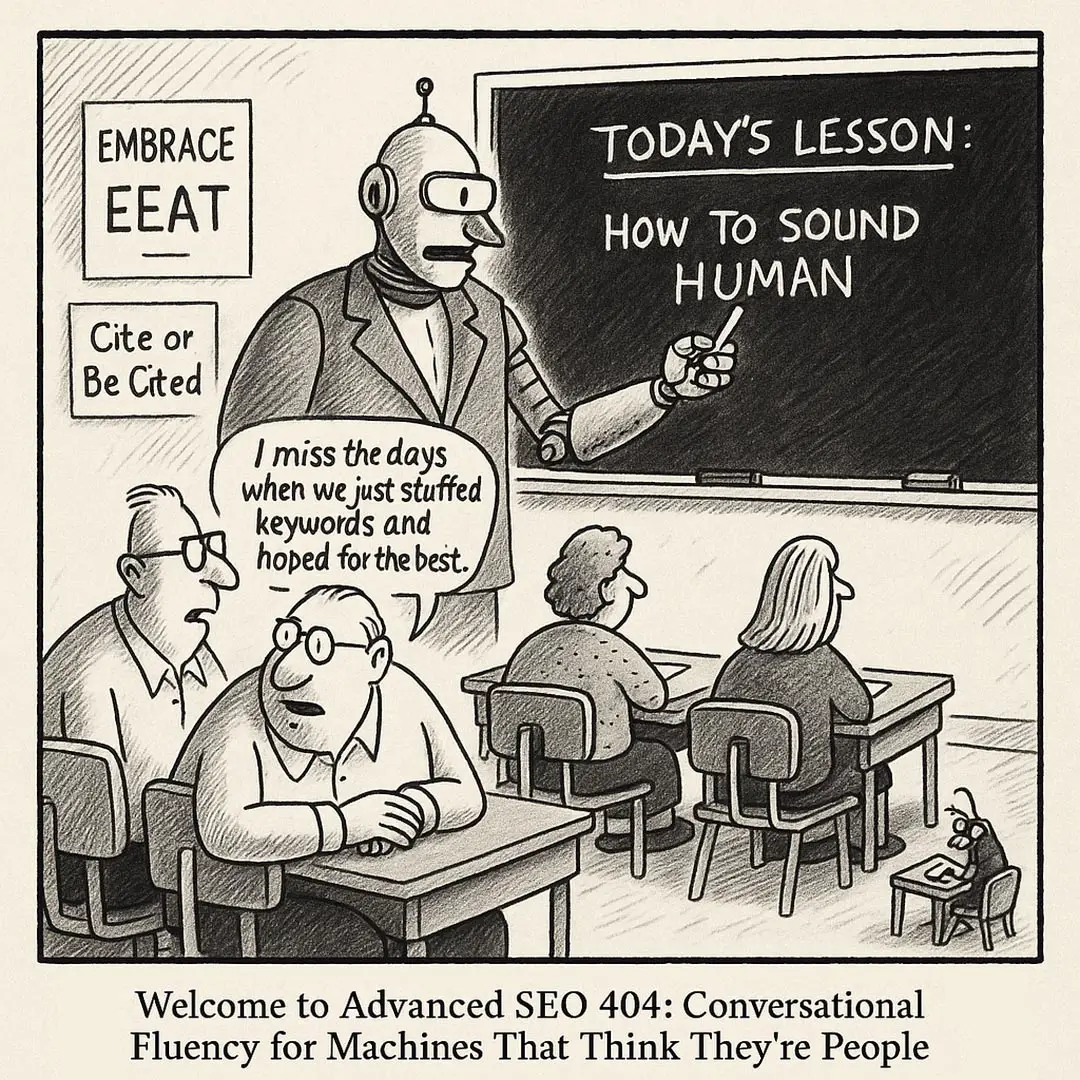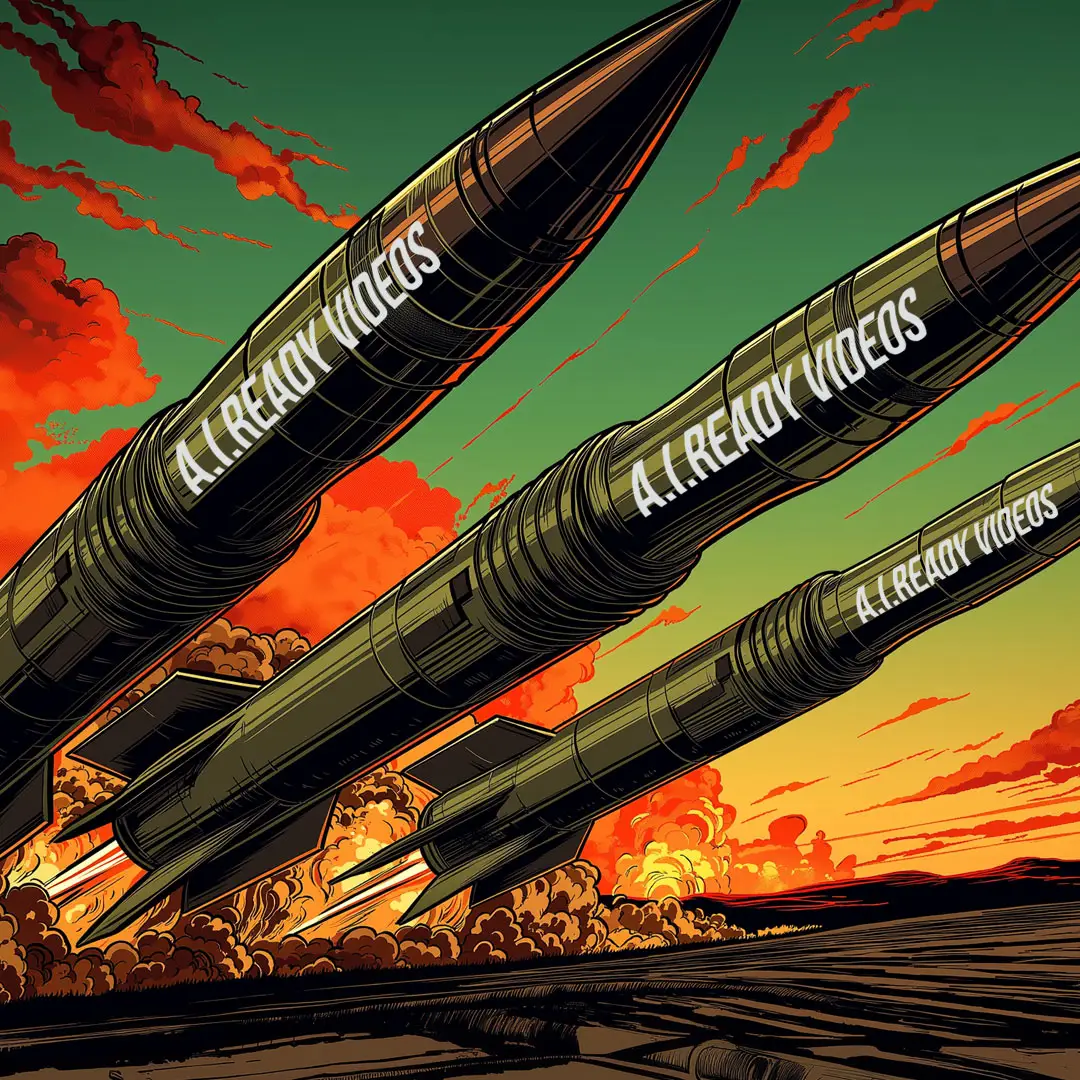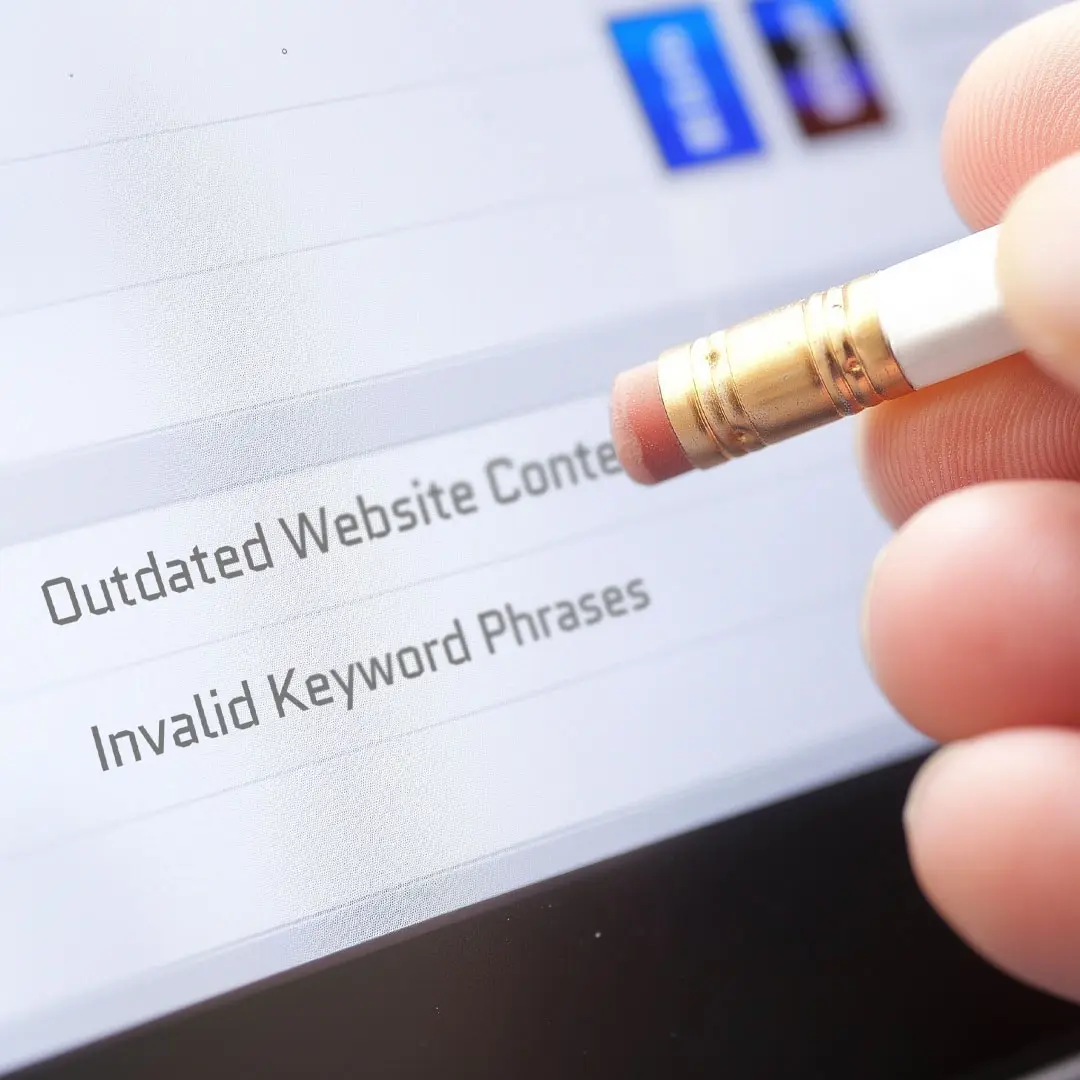16 Buzzwords You Need to Know to Compete in the AI Search Shift
Let’s get something straight. SEO is not what it used to be. The days of stuffing keywords and crossing your fingers are over. Search engines don’t just crawl your site. They read, evaluate, summarize, and, more often than not, never send the user your way.
Sound like a problem? It is, unless you know how to play in this new space.
Here’s the deal. If we’re going to talk strategy, meaning how to get you seen, cited, and chosen by both humans and AI, we need a shared vocabulary. This isn’t fluff. These 15 terms are the baseline for doing SEO that actually works in 2025.
Here’s the break down:
1. LLM (Large Language Model)
These are the AIs that power tools like ChatGPT and Google’s SGE (see below). They don’t just scan pages, they build answers using what they’ve learned. You’re not optimizing for an algorithm anymore. You’re writing for a machine that thinks like a reader.
2. Retrieval Augmented Generation (RAG)
This is how LLMs “think.” They pull facts from multiple sources, then write a fresh response. If your content isn’t clean, structured, and trusted, you’re not making it into the answer.
3. AI Overview / SGE (Search Generative Experience)
Google’s new layout that puts AI-written summaries above the traditional links. If your content gets cited here, congrats. If not, good luck clawing for visibility below the fold.
4. Zero-Click Search
Users are getting answers without ever clicking a link. That means you can “rank” and still see traffic drop. Welcome to the age of ghost impressions.
5. AI Citations
When your content gets used by AI to build an answer, that’s a citation. Think of it as a win that doesn’t always show up in Google Analytics but still earns trust, visibility, and authority.
6. Click-Through Rate (CTR) Drop
Everyone’s CTR is tanking. Why? Because users are getting what they need before they even see your blue link. This isn’t failure; it’s the new normal. Stop measuring success by traffic alone.
7. EEAT (Experience, Expertise, Authoritativeness, Trustworthiness)
Google and AI both want proof that you know your stuff. Not with fluff, but with depth, real examples, and transparency. You don’t need credentials. You need credibility.
8. Topical Authority
This is how you prove you’re the go-to expert in your niche. You don’t rank for one-off topics. You dominate clusters. Real depth beats broad reach.
9. GEO (Generative Experience Optimization)
A new, AI forward approach to SEO focused on making your content usable, understandable, and quotable by AI models. Instead of chasing rankings, you’re designing content that fits how AI summarizes, synthesizes, and cites. It’s about being selected, not just indexed.
10. Content Clusters and Pillar Pages
Think of this as your site’s backbone. One central page covers the core idea. Subpages go deep on specifics. You link it all together. Google sees expertise. AI sees structure. You win.
11. Schema Markup (Structured Data)
Internal code that helps AI and search engines understand what your content is about. FAQ schema. Review schema. How-to schema. It’s not sexy, but no one sees it, and it works.
12. Semantic Q&A Formatting
Want AI to pull your content into its answers? Use formatting that makes it obvious what question you’re answering. Get to the point! Bold headers. Clear structure. TL;DRs. Don’t make the machines work to find your point.
13. Human Touch
Your personality, your voice, your weird little takes on the market are your moat. AI can’t replicate human nuance (for now). Show up as you. That’s the stuff clients and algorithms remember. This goes back to the EEAT above. Authenticity is key!
14. Hyperlocal Content
Big portals go wide. You go deep. Cover neighborhoods, buildings, streets. Share the kind of local detail only someone who lives there would know. That’s your advantage. See EEAT.
15. Evergreen Content, Refactored
This is probably one of the most overlooked and under-rated moves you can make: Timeless doesn’t mean to be left untouched. Your best content needs regular updates, clean structure, and the AI-friendly formatting mentioned above. Don’t just write once. Keep tuning it to keep it relevant.
16. Contrarian Content
Everyone’s saying the same thing. When you take a different stance, you stand out. AI notices novelty. So do readers. Don’t be afraid to challenge conventional wisdom. You can even do this by “steel manning” an opposing argument, only to soundly defeat it in the end. The hook that opposition brings is how to keep ‘em reading.
Bonus: Moat
To establish a defensible competitive advantage. Something that protects you from being easily replaced, out-ranked, or outperformed. For example, your human tone, local insights, and lived experience are qualities that AI can’t replicate, and competitors can’t easily copy. Just like a moat protects a castle from invaders, these elements protect your content from being swallowed by generic AI summaries or the cookie cutter content of big-brands.
Listen
SEO today isn’t about ranking. It’s about recognition.
You’re writing for people who skim, and robots that synthesize. You need structure and substance. You need depth and humanity. You need to know what these 15 terms mean. They’re not going away soon. They are the present and future of SEO. Whatever that is now.
If you’re still optimizing like it’s 2022, your content won’t even make it to the conversation.
We can turn your new (and old) content into something AI wants to quote.
You’re here because our words worked. Let’s build content that gets found, shared, and results.



